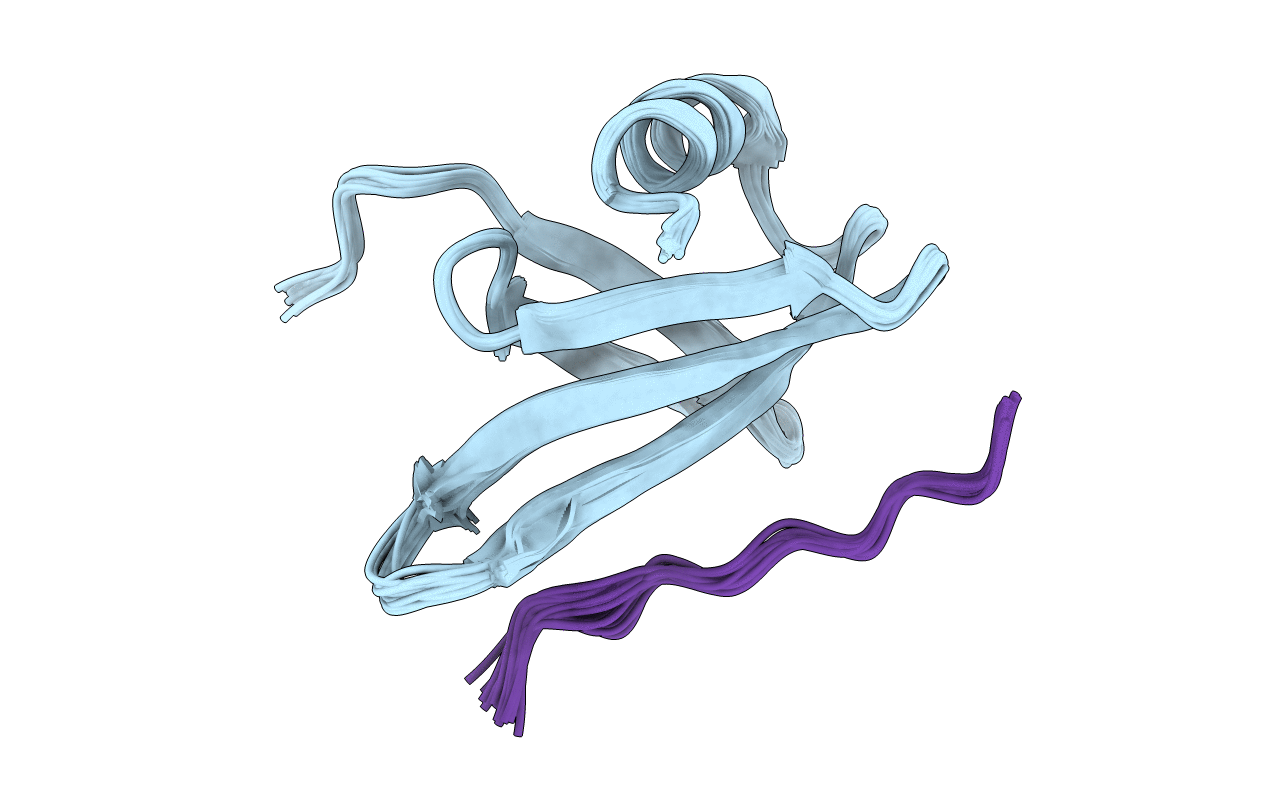
Deposition Date
2020-05-05
Release Date
2020-09-02
Last Version Date
2024-05-15
Entry Detail
PDB ID:
7C1M
Keywords:
Title:
Complex structure of tyrosinated alpha-tubulin carboxy-terminal peptide and A1aY1 binder
Biological Source:
Source Organism:
Saccharolobus solfataricus 98/2 (Taxon ID: 555311)
Homo sapiens (Taxon ID: 9606)
Homo sapiens (Taxon ID: 9606)
Host Organism:
Method Details:
Experimental Method:
Conformers Calculated:
200
Conformers Submitted:
20
Selection Criteria:
structures with the lowest energy


